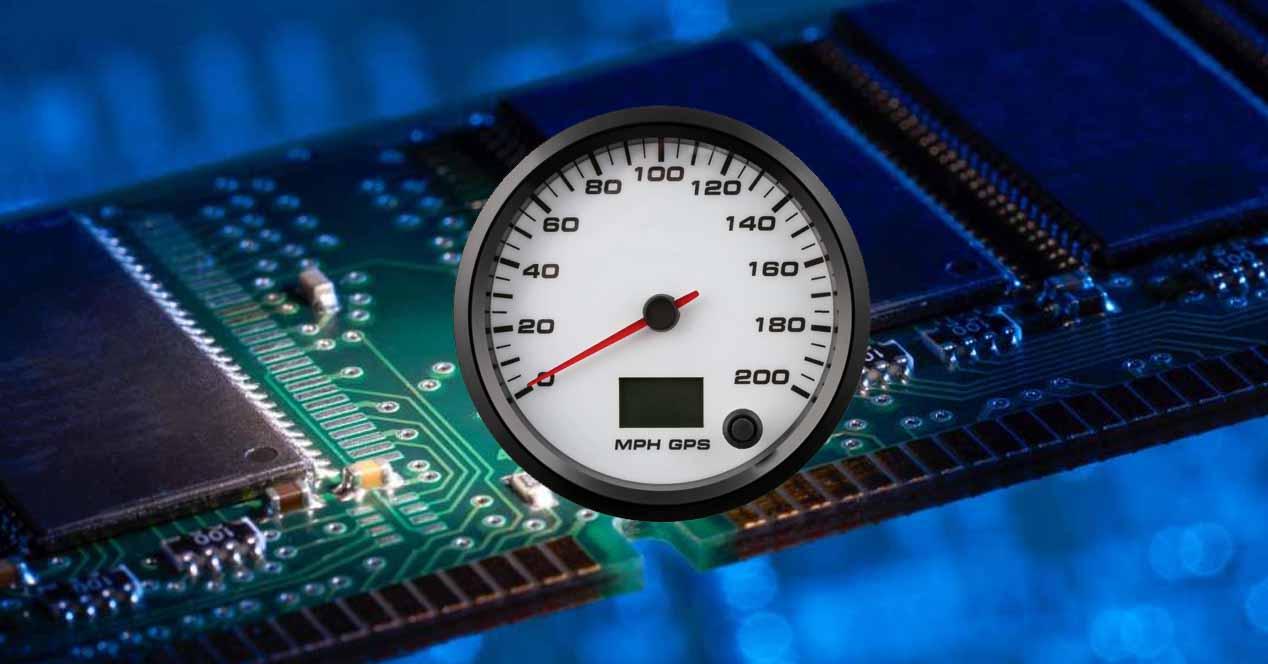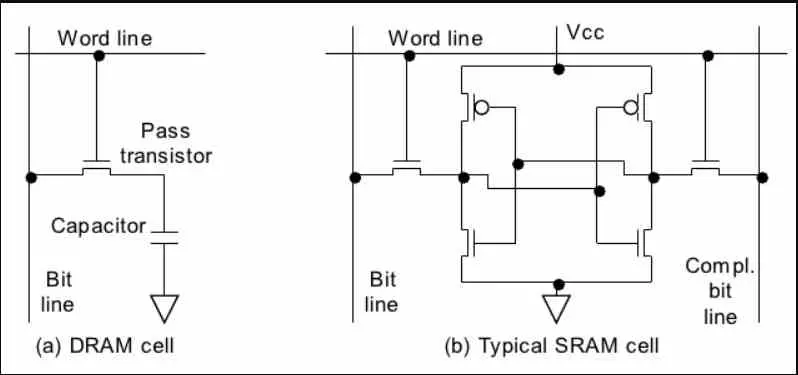
If you want the quick answer to why they don’t make faster RAM memories for our PC, first of all we have to specify that by this we mean the speed at which the data is transmitted. Which implies increasing the clock speed at which they work and at the same time the voltage. This increases energy consumption and because there is no material in the known universe with 100% efficiency, and that can transmit electrical signals without distorting them, then what we have is that heat is released. So the main problem with RAM is its temperature and, therefore, excess heat.
Why aren’t faster RAMs made?
There are many types of RAM on the market, both for processor and graphics card. Although in general we have two types of memory cells. The first is the SRAM memory that is used within the processors and, therefore, within registers and cache memories. The second is the DRAMwhich is used in different types of memory external to the processor such as DDR, LPDDR, HBM, GDDR, etc.. They all store each bit of memory in the same structure, made up of a transistor and a capacitor.
The problem is that as we raise the temperature then more chances that the structure lose the electrical charge stored in it and with it the information. So you get to the point where it can’t be held and its main function is lost. Since the processor needs this memory to function and run programs, then overheating of this memory becomes a problem.
The RAM temperature limit for this is 85 °C as a general rule, and even some modules are intended to run at lower speeds. Because DRAM requires constant refreshes, if the temperature of the RAM rises, then refreshes need to be more frequent. The paradox? Such operation even more heat in the RAM. So in the end the result ends up being the same. As a curiosity, 5% of the RAM circuitry is not used to store or transmit data, but to prevent data loss.
SRAM as RAM instead of DRAM?
The SRAM, on the other hand, does not have this problem, not needing to cool off, but because it needs more transistors per bit it can’t give as much storage capacity. This is why we don’t see SRAM as system RAM and we don’t see high-speed DRAM as cache. In the second case, it would not be able to run at processor speed and would be a performance bottleneck. Moreover, the reason why AMD has chosen that the V-Cache be SRAM and not DRAM is precisely because the temperature problem.
So while it is true that we could see SRAM memory chips, we would find that, for example, 2 GB of SRAM memory would cost us about 8 GB of DRAM memory. Taking into account how poorly optimized the applications are in terms of the amount of memory used. On the other hand, the communication interfaces would not consume less, but even more and, therefore, this would substantially increase energy consumption.
RAM temperature problem will get worse in the future
The other existing point is the fact that the solution of the industry as a whole has been to step on the accelerator and increase the average consumption of each one of the computers. In the midst of a world in which all the action of the different executives around the world is to reduce the carbon footprint, well, the logic is that sooner or later the different manufacturers are going to come up against a wall of regulations and restrictions in this point. Something that they take into account in the long term, but not in the short and not in the medium term.
At the moment, RAM memory has not “benefited” from the relevant consumption increases. However, we have already seen the occasional model, which is still a curiosity, with active cooling and, therefore, using fans. Nor can we forget that once the CXL standard has been standardized, it is possible that we will see memory modules not in the form of DIMM modules, but in PCI Express interfaces and consequently as cards with their cooling. Sincerely and from here we hope that this never happens.
Although, and to finish, it will be a huge challenge in future memories with greater capacity. As the distance between transistors decreases by making them smaller the more the problems of thermal drowning increase. So the temperature in the RAM is not only a problem in terms of its speed, but also when it comes to storing data. Hence, for some time now, the jumps in capacity are no longer like they were a few years ago.





